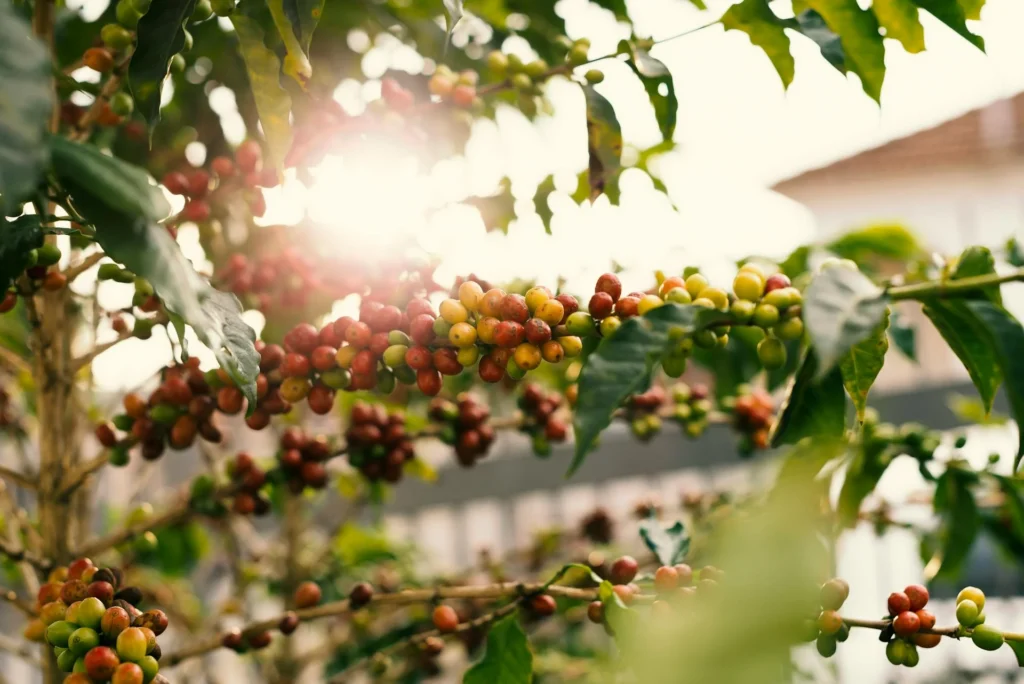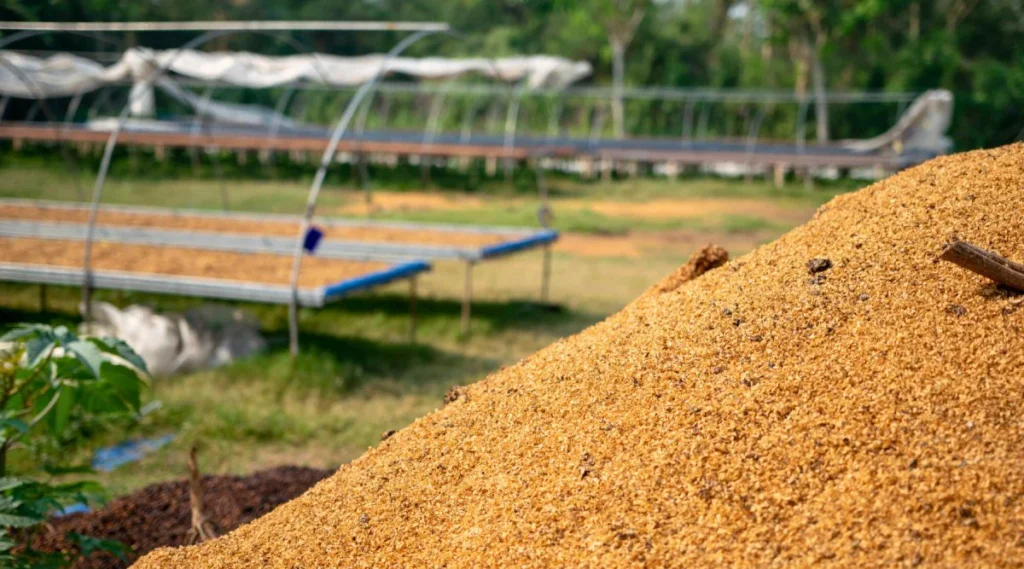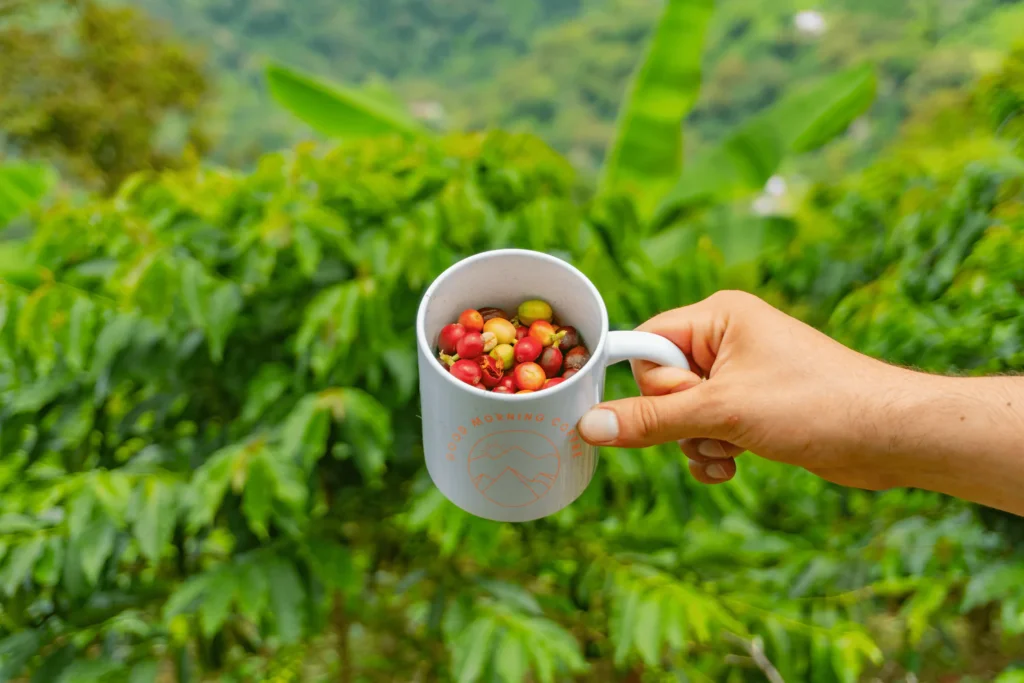If you’re serious about your coffee, understanding these differences is key. Blade grinders use a rapidly spinning blade to chop up coffee beans, much like a blender. They’re often more affordable and compact, making them a popular choice for casual coffee drinkers. On the other hand, burr grinders use two revolving abrasive surfaces (burrs) to crush the beans to a consistent size. This method ensures a more uniform grind, which is crucial for brewing a balanced and flavorful cup.
So, why does this matter? Well, the consistency of your coffee grounds directly affects the taste of your brew. Uneven grounds from a blade grinder can lead to over-extraction or under-extraction, resulting in a bitter or weak cup of coffee. Burr grinders, though typically pricier, offer precision and control, allowing you to dial in the perfect grind size for your preferred brewing method. This comparison of Blade vs Burr Coffee Grinders is essential for anyone looking to up their coffee game and enjoy the perfect cup every time.

Why This Comparison Matters?
Choosing the right grinder can be the difference between a good cup of coffee and a great one. Blade grinders might be easier on the wallet, but if you’re serious about your coffee, investing in a burr grinder can elevate your brewing game. This comparison is essential because it helps coffee enthusiasts make an informed decision, ensuring that every cup they brew is bursting with flavor and aroma.
Blade Grinders
Blade grinders are like the entry-level rock stars of the coffee world. They use a fast-spinning blade to chop coffee beans into smaller pieces. Think of them as mini food processors for your coffee. The major advantage?
They’re usually more affordable and easier to find in stores. But, there’s a catch – the grind consistency can be a bit unpredictable. You might end up with a mix of fine powder and chunky bits, which can affect the taste of your brew.
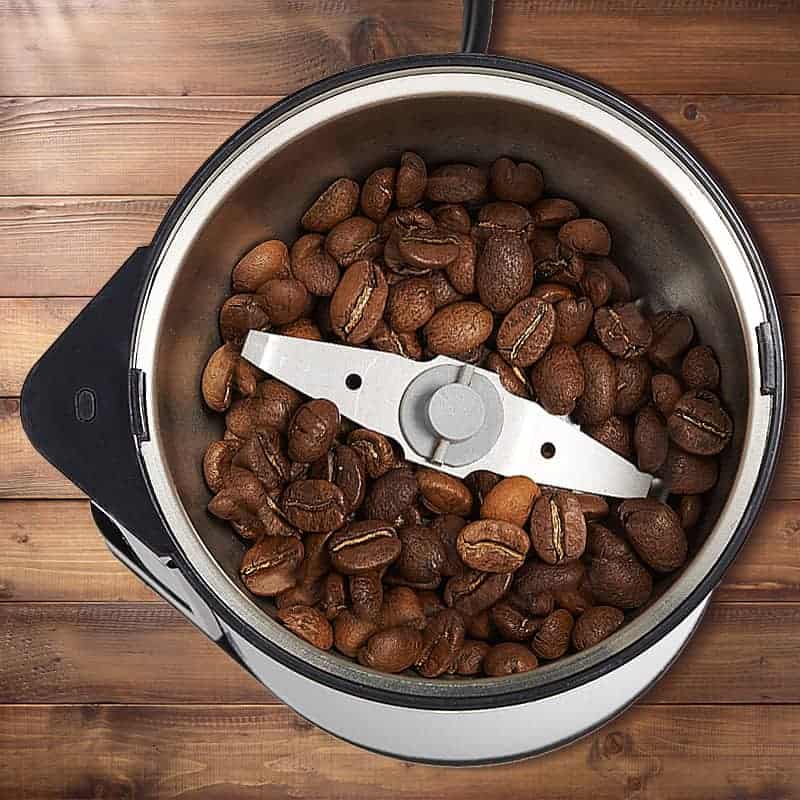
Burr Grinders
On the other hand, burr grinders are the connoisseur’s choice. They crush the beans between two abrasive surfaces (burrs), allowing for a much more consistent grind size. This consistency is crucial for brewing methods that require precise grind sizes, like espresso or pour-over.
Burr grinders come in two varieties: flat burrs and conical burrs, each with its own set of benefits. While they’re generally pricier than blade grinders, many coffee lovers swear by the superior flavor and aroma they get from a burr grinder.

Detailed Comparison
Let’s dive into the specifics of coffee grinding by comparing the two main types: blade grinders and burr grinders. Understanding how each works and their impact on your coffee can help you make the best choice for your brewing needs.
| Feature | Blade Grinder | Burr Grinder |
| Mechanics | Spinning blade chops beans | Two burrs crush beans |
| Speed | Fast | Slower |
| Ease of Use | Very easy | Slightly more complex |
| Grind Consistency | Inconsistent | Very consistent |
| Heat Generation | Higher (can affect flavor) | Lower (preserves flavor) |
Blade Grinders vs. Burr Grinders
When it comes to grinding coffee beans, the type of grinder you choose can make a world of difference. Let’s break down the mechanics and results of each type to see why one might be better suited for your coffee needs. Here’s a side-by-side visual comparison to illustrate the differences:
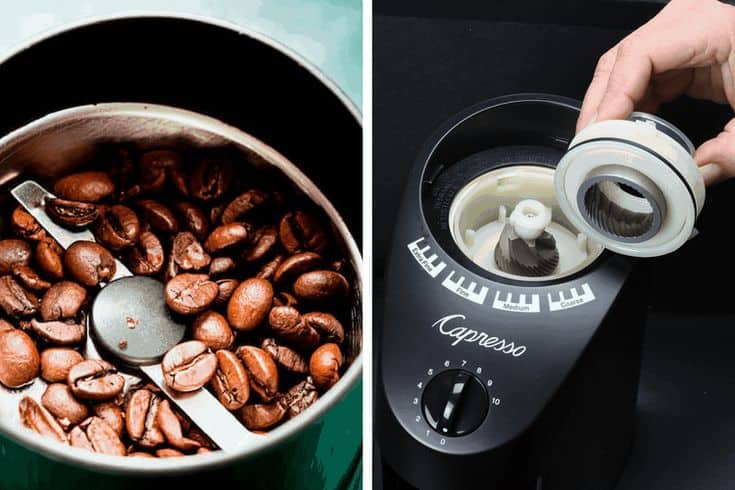
Blade Grinders
- Mechanics: Blade grinders are pretty straightforward. They use a blade that spins at high speed to chop up the coffee beans. The longer you grind, the finer the grind becomes. Think of it as a blender for your beans.
- Grind Quality: The main issue with blade grinders is consistency—or rather, the lack of it. Since the blades chop rather than grind, you end up with a mix of large and small coffee particles. This uneven grind can cause problems during brewing, leading to a less-than-ideal cup of coffee.
Pros:
- Affordable
- Easy to find
- Compact and easy to store
Cons:
- Inconsistent grind size
- Can generate heat, potentially affecting flavor
Burr Grinders
- Mechanics: Burr grinders work differently. They crush the coffee beans between two abrasive surfaces, or burrs. The distance between these burrs can be adjusted to change the grind size, ensuring a consistent grind.
- Grind Quality: The consistency offered by burr grinders is their biggest advantage. With evenly ground coffee, you can achieve a more balanced extraction, resulting in a richer and more flavorful cup. There are two types of burr grinders: flat burr grinders and conical burr grinders. Both types provide excellent grind quality, though conical burr grinders tend to be quieter and less messy.
Pros:
- Consistent grind size
- Better flavor extraction
- Adjustable grind settings
Cons:
- More expensive
- Larger footprint
- Requires regular cleaning
Imagine two jars of ground coffee, one from a blade grinder and one from a burr grinder. The blade grinder jar would have a mix of powdery fines and larger chunks, while the burr grinder jar would show a uniform grind, like fine sand or coarse salt, depending on the setting.
Advantages and Disadvantages
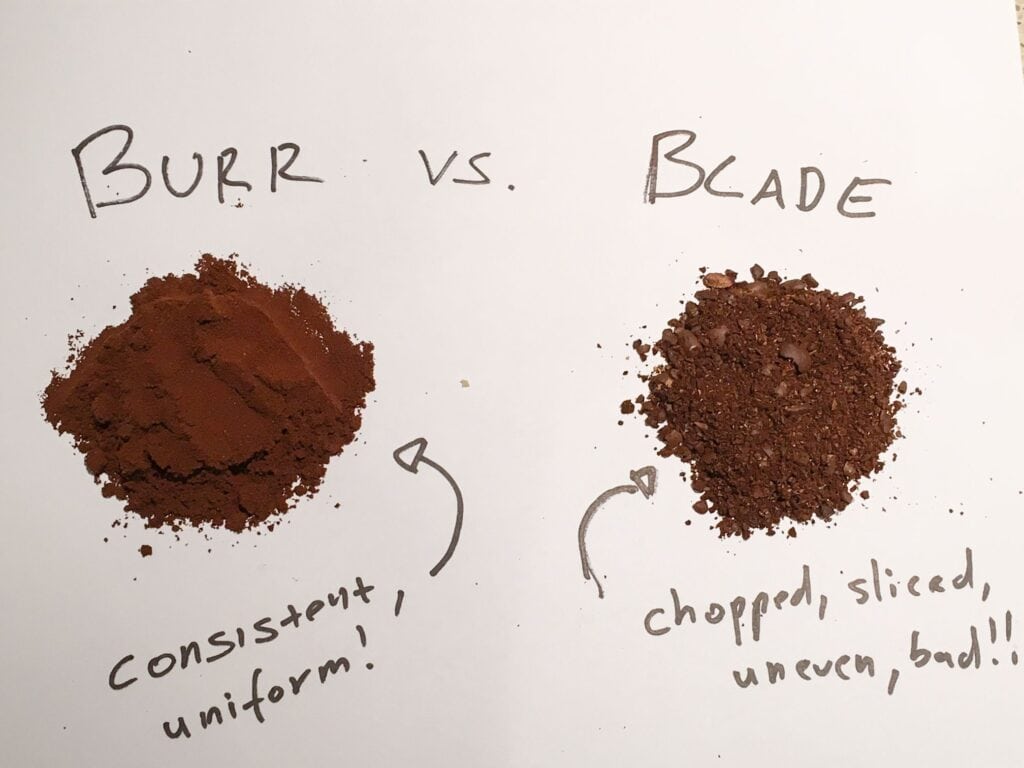
Blade Grinders
Advantages:
- Affordability: Blade grinders are generally much cheaper than their burr counterparts. You can find a decent blade grinder for a fraction of the cost of a burr grinder.
- Compact Size: These grinders are often smaller and more portable, making them perfect for small kitchens or for taking on the go.
- Ease of Use: With just one button to press, blade grinders are simple and straightforward to operate. Perfect for those who don’t want to fuss with settings.
- Speed: Blade grinders can quickly chop up your beans, which is great if you’re in a hurry and need your coffee fix fast.
Disadvantages:
- Inconsistent Grind Size: The biggest drawback of blade grinders is their inability to produce uniform coffee grounds. This inconsistency can lead to uneven extraction and a less flavorful cup of coffee.
- Heat Generation: The fast-spinning blades can generate heat, which may affect the flavor of the coffee by causing slight premature extraction during grinding.
- Limited Control: Blade grinders don’t offer much in terms of customization. You can’t adjust the grind size with precision, limiting your ability to optimize the grind for different brewing methods.
- Maintenance: Blade grinders require regular cleaning to avoid old coffee grounds affecting the flavor of your fresh grind. This can be a bit of a hassle compared to some burr grinders.
Burr Grinders
Advantages:
- Consistent Grind Size: Burr grinders provide a uniform grind, which is essential for achieving a balanced and flavorful extraction. This consistency is key for brewing great coffee.
- Adjustable Settings: Most burr grinders come with multiple grind settings, allowing you to fine-tune the grind size to match your brewing method—be it espresso, drip coffee, or French press.
- Better Flavor: Because of the consistent grind size and the lack of heat generation, burr grinders tend to produce coffee with better flavor and aroma.
- Durability: High-quality burr grinders are built to last, often featuring sturdy materials that can withstand frequent use.
Disadvantages:
- Cost: The superior performance of burr grinders comes at a price. They are significantly more expensive than blade grinders, which can be a barrier for some coffee enthusiasts.
- Size: Burr grinders are typically larger and heavier, which can be an issue if you have limited counter space or need a grinder that’s easy to transport.
- Complexity: With more settings and parts, burr grinders can be more complicated to use and require a learning curve to master the adjustments.
- Maintenance: Burr grinders need regular cleaning to maintain optimal performance and prevent old coffee grounds from tainting the flavor of fresh coffee. While not overly difficult, it’s a bit more involved than maintaining a blade grinder.
Best Use Cases for Each Type

Blade Grinders
Best For: Casual Users: Blade grinders are great for those who are new to the world of coffee grinding or just need a quick and easy solution. If you’re not too particular about grind consistency and are looking for an affordable option, a blade grinder can be a good starting point.
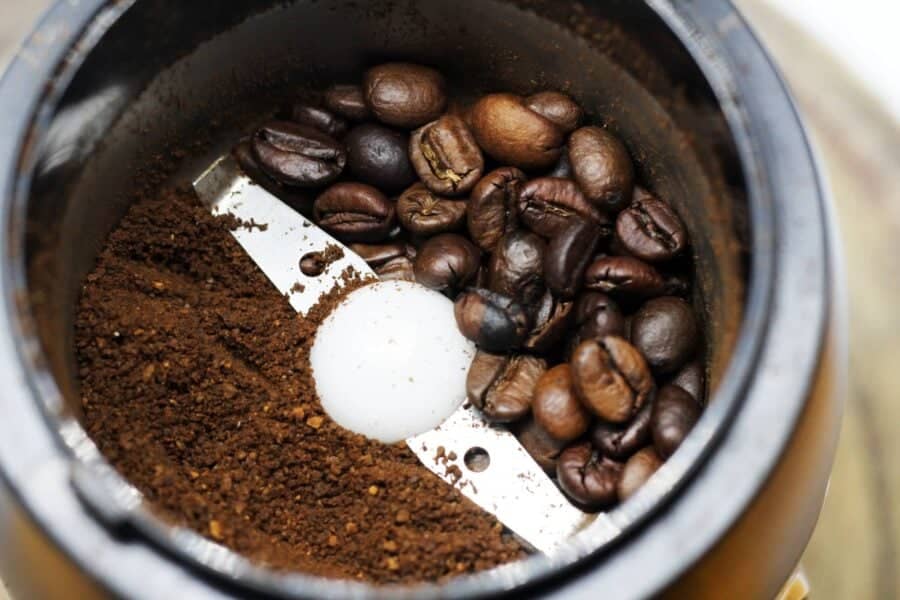
Brewing Methods:
- Drip Coffee: If you’re making drip coffee and are not overly concerned about perfect extraction, a blade grinder will get the job done.
- Cold Brew: Since cold brew requires a coarse grind, and the extraction time is long, the inconsistency of a blade grinder is less noticeable.
User Preferences:
- Occasional Coffee Drinkers: Ideal for those who only brew coffee occasionally and want a straightforward, low-cost solution.
- Travel-Friendly: Perfect for coffee lovers who need a compact and portable grinder for travel.
Burr Grinders
Best For: Coffee Aficionados and Home Baristas: Burr grinders are the go-to choice for anyone serious about their coffee. If you appreciate the nuances of different brewing methods and want to achieve the best possible flavor, investing in a burr grinder is the way to go.
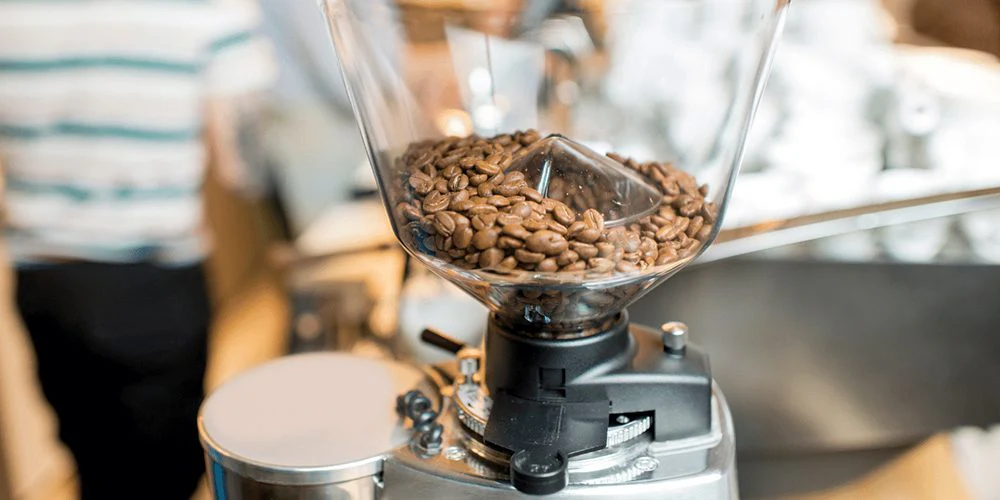
Brewing Methods:
- Espresso: Burr grinders are essential for espresso due to their ability to produce a fine, consistent grind necessary for the high-pressure extraction process.
- French Press: For French press, a coarse and even grind is crucial to avoid over-extraction and a muddy cup. Burr grinders can deliver this consistency.
- Pour-Over: The precision of burr grinders allows for the perfect medium grind size needed for pour-over methods, ensuring a balanced and flavorful cup.
- Aeropress: Depending on your preferred Aeropress recipe, a burr grinder can be adjusted to produce the exact grind size you need, from fine to medium-coarse.
User Preferences:
- Daily Coffee Drinkers: For those who brew coffee daily and appreciate the difference a consistent grind can make in their cup.
- Home Baristas: If you love experimenting with different brewing techniques and want the ability to fine-tune your grind size, a burr grinder is a must-have.
- Quality Seekers: Perfect for anyone who prioritizes quality and is willing to invest in a grinder that enhances the flavor and aroma of their coffee.
Disclosure: Our blog contains affiliate links to products. We may receive a commission for purchases made through these links. However, this does not impact our reviews and comparisons. We try our best to keep things fair and balanced, in order to help you make the best choice for you.

